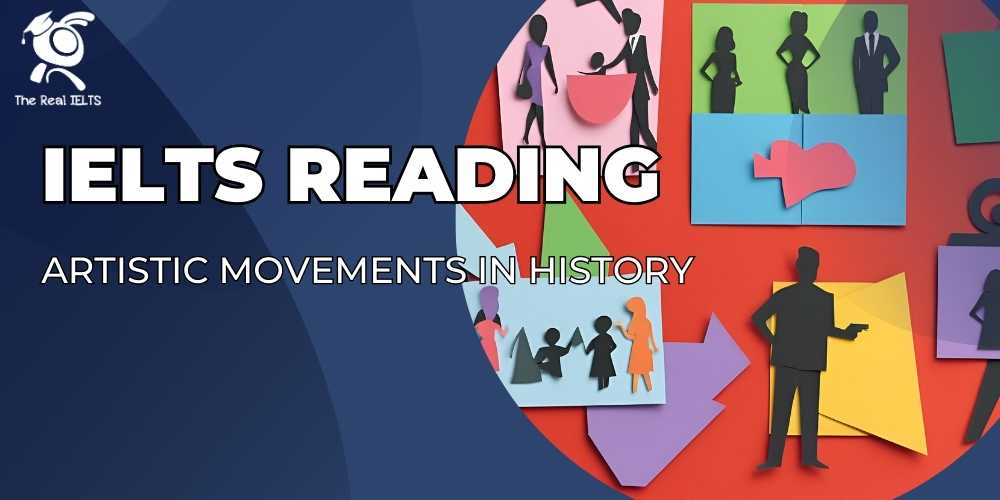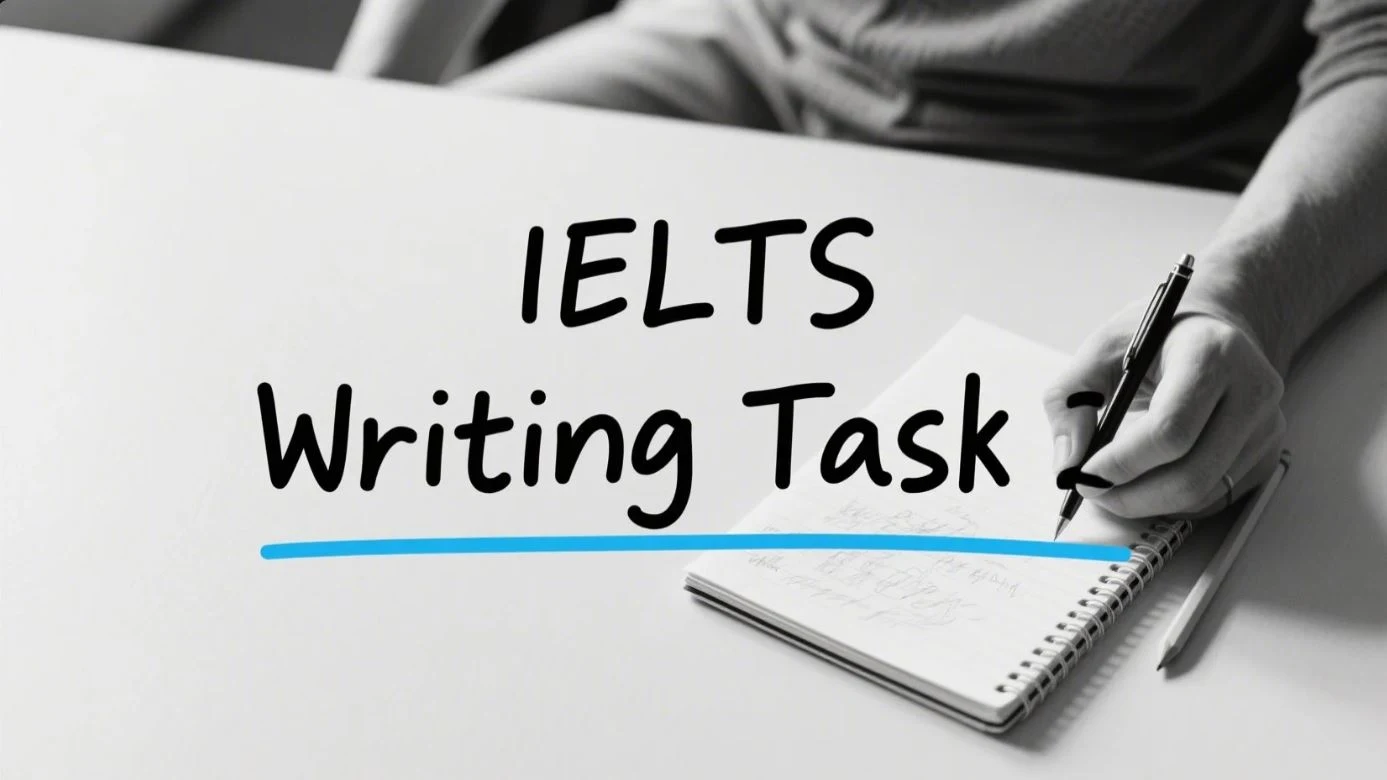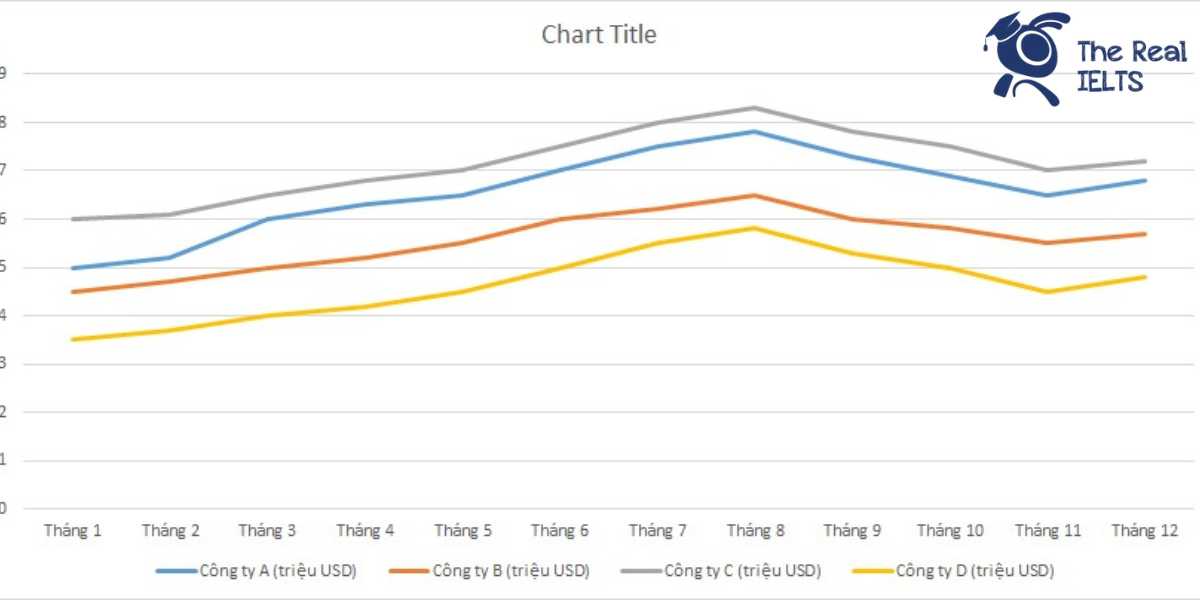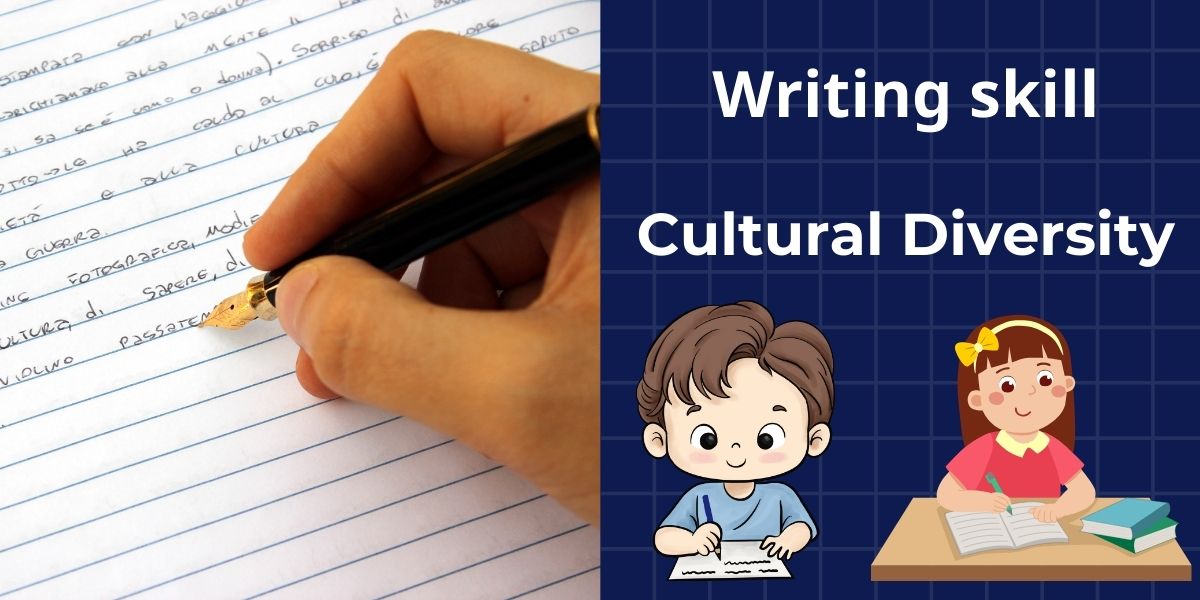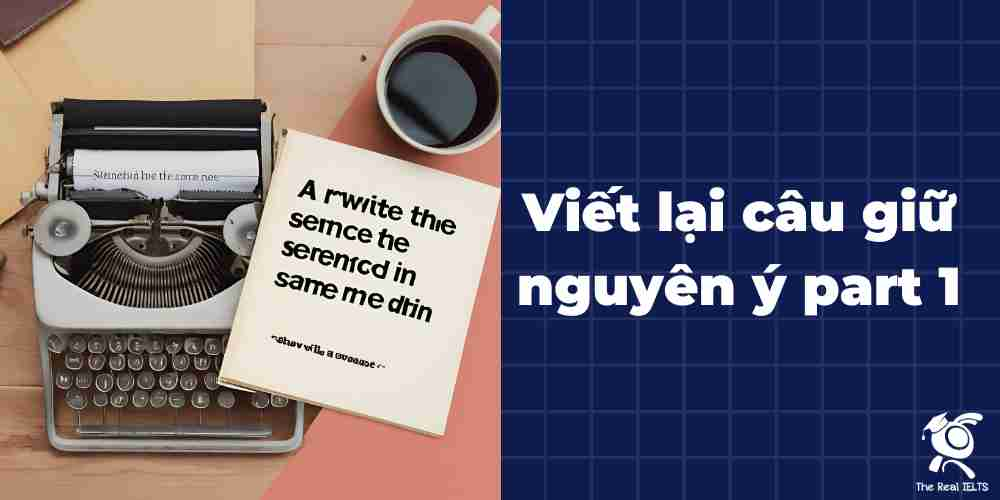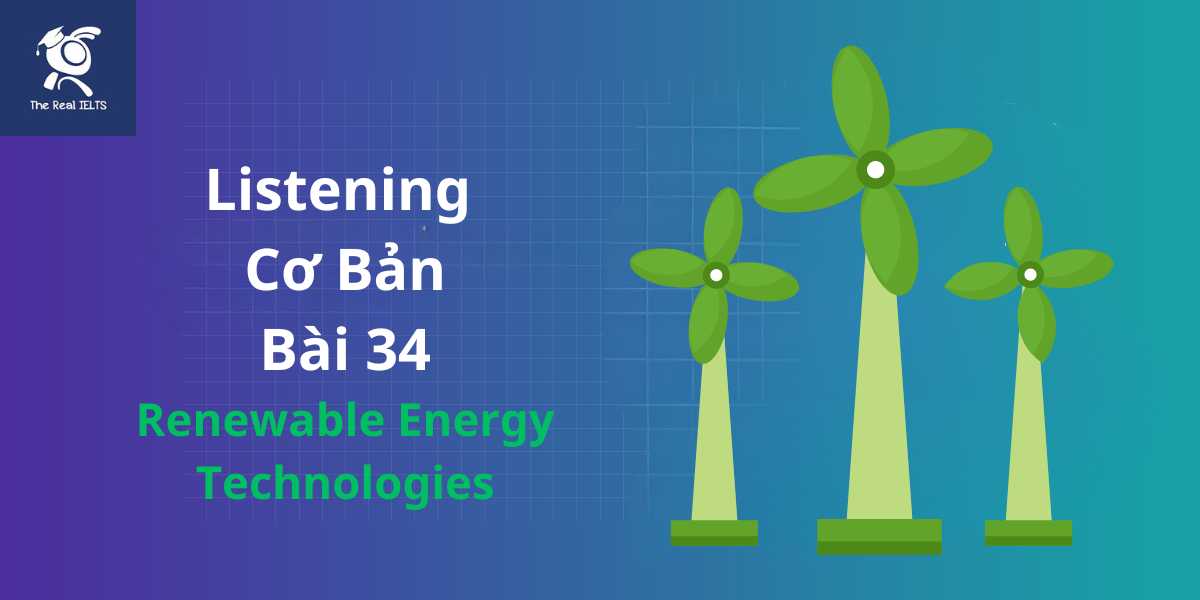IELTS Reading 86: Artistic movements in history là chủ đề thuộc chuỗi bài luyện tập 11 dạng bài IELTS Reading và các bài tập luyện tập.
Học lại bài cũ: IELTS Reading 85: The role of art in society.
IELTS Reading: Artistic movements in history
Throughout history, various artistic movements have emerged, each reflecting the cultural, social, and political landscapes of their time. One of the most significant movements was the Renaissance, which spanned from the 14th to the 17th century. This period marked a renewed interest in classical antiquity, leading to advancements in art, literature, and science. Artists such as Leonardo da Vinci and Michelangelo revolutionized techniques, emphasizing realism and human emotion in their work.
Following the Renaissance, the Baroque period (17th to 18th century) emerged, characterized by dramatic expressions and elaborate details. Artists like Caravaggio and Rembrandt utilized chiaroscuro to enhance the emotional intensity of their paintings. This movement was not only confined to painting; it also influenced architecture and music, leading to a comprehensive cultural shift.
In the 19th century, the Romantic movement arose as a reaction against the industrial revolution and the Enlightenment’s emphasis on reason. Romantic artists and writers sought to express individualism and emotion, often drawing inspiration from nature and the sublime. Prominent figures included the painter J.M.W. Turner and the poet William Wordsworth, whose works highlighted the beauty and power of nature.
As the 19th century progressed, movements such as Impressionism and Post-Impressionism gained prominence. Impressionists like Claude Monet focused on capturing light and movement in everyday scenes, while Post-Impressionists like Vincent van Gogh introduced bold colors and emotional depth. These movements paved the way for modern art, which saw the emergence of Abstract Expressionism and Surrealism in the 20th century. Artists such as Jackson Pollock and Salvador Dalí challenged traditional notions of representation, exploring the subconscious and the nature of reality.
Today, contemporary art continues to evolve, incorporating diverse styles and mediums. Artistic movements have not only shaped the trajectory of art history but have also influenced broader cultural movements, reflecting humanity’s ever-changing relationship with creativity and expression.
Questions
1. Multiple Choice
- Which artistic movement is known for its emphasis on realism and human emotion? A) Baroque
B) Renaissance
C) Romanticism
D) Impressionism
2. True/False/Not Given
- The Baroque period was primarily focused on abstract concepts.
- Romantic artists drew inspiration from nature.
- Impressionism originated in the 18th century.
3. Yes/No/Not Given
- The Renaissance period had no influence on modern art.
- Vincent van Gogh is associated with the Post-Impressionist movement.
- Contemporary art does not include any traditional styles.
4. Matching Information
- Match the following artists with their respective movements:
a) Michelangelo
b) Caravaggio
c) Claude Monet
d) Jackson Pollock
5. Matching Headings
- Choose the appropriate heading for the following sections:
a) Section discussing the characteristics of the Renaissance.
b) Section highlighting the emotional aspects of Romanticism.
c) Section explaining the techniques used by Impressionists.
6. Matching Sentence Endings
- The Renaissance marked a renewed interest in classical antiquity, leading to…
- Baroque artists used chiaroscuro to enhance…
- The Romantic movement was a reaction against…
7. Sentence Completion
- The Baroque period is characterized by __________ expressions and elaborate details.
- Artists of the Romantic movement often sought to express __________.
- Abstract Expressionism emerged in the __________ century.
8. Summary Completion
- The artistic movements throughout history reflect the __________ landscapes of their time.
- Impressionists focused on capturing __________ in everyday scenes.
9. Diagram Label Completion
- Complete the labels for the diagram illustrating the timeline of artistic movements:
- Renaissance: __________
- Baroque: __________
- Romanticism: __________
10. Short Answer Questions
- Name two artists associated with the Renaissance.
- What technique did Impressionist artists primarily focus on?
11. Table/Flowchart/Note Completion
Fill in the table with the key characteristics of each artistic movement:
| Movement | Key Characteristics |
|---|---|
| Renaissance | __________ |
| Baroque | __________ |
| Romanticism | __________ |
| Impressionism | __________ |
Đáp án
1. Multiple Choice
- B) Renaissance
2. True/False/Not Given
- Sai – The Baroque period was primarily focused on dramatic expressions and elaborate details.
- Đúng – Romantic artists drew inspiration from nature.
- Sai – Impressionism originated in the 19th century.
3. Yes/No/Not Given
- Không – The Renaissance period had significant influence on modern art.
- Có – Vincent van Gogh is associated with the Post-Impressionist movement.
- Không – Contemporary art includes a variety of traditional styles.
4. Matching Information
- a) Michelangelo – Renaissance
b) Caravaggio – Baroque
c) Claude Monet – Impressionism
d) Jackson Pollock – Abstract Expressionism
5. Matching Headings
- a) Section discussing the characteristics of the Renaissance – A heading related to the Renaissance and classical antiquity.
b) Section highlighting the emotional aspects of Romanticism – A heading emphasizing individualism and emotion.
c) Section explaining the techniques used by Impressionists – A heading discussing light and movement.
6. Matching Sentence Endings
- The Renaissance marked a renewed interest in classical antiquity, leading to… advancements in art, literature, and science.
- Baroque artists used chiaroscuro to enhance… the emotional intensity of their paintings.
- The Romantic movement was a reaction against… the industrial revolution and the Enlightenment’s emphasis on reason.
7. Sentence Completion
- The Baroque period is characterized by dramatic expressions and elaborate details.
- Artists of the Romantic movement often sought to express individualism and emotion.
- Abstract Expressionism emerged in the 20th century.
8. Summary Completion
- The artistic movements throughout history reflect the cultural, social, and political landscapes of their time.
- Impressionists focused on capturing light and movement in everyday scenes.
9. Diagram Label Completion
- Complete the labels for the diagram illustrating the timeline of artistic movements:
- Renaissance: 14th to 17th century
- Baroque: 17th to 18th century
- Romanticism: 19th century
10. Short Answer Questions
- Name two artists associated with the Renaissance.
- Leonardo da Vinci and Michelangelo.
- What technique did Impressionist artists primarily focus on?
- Capturing light and movement.
11. Table/Flowchart/Note Completion
Fill in the table with the key characteristics of each artistic movement:
| Movement | Key Characteristics |
|---|---|
| Renaissance | Renewed interest in classical antiquity, realism, human emotion |
| Baroque | Dramatic expressions, elaborate details, chiaroscuro |
| Romanticism | Individualism, emotion, inspiration from nature |
| Impressionism | Focus on light, movement, everyday scenes |


